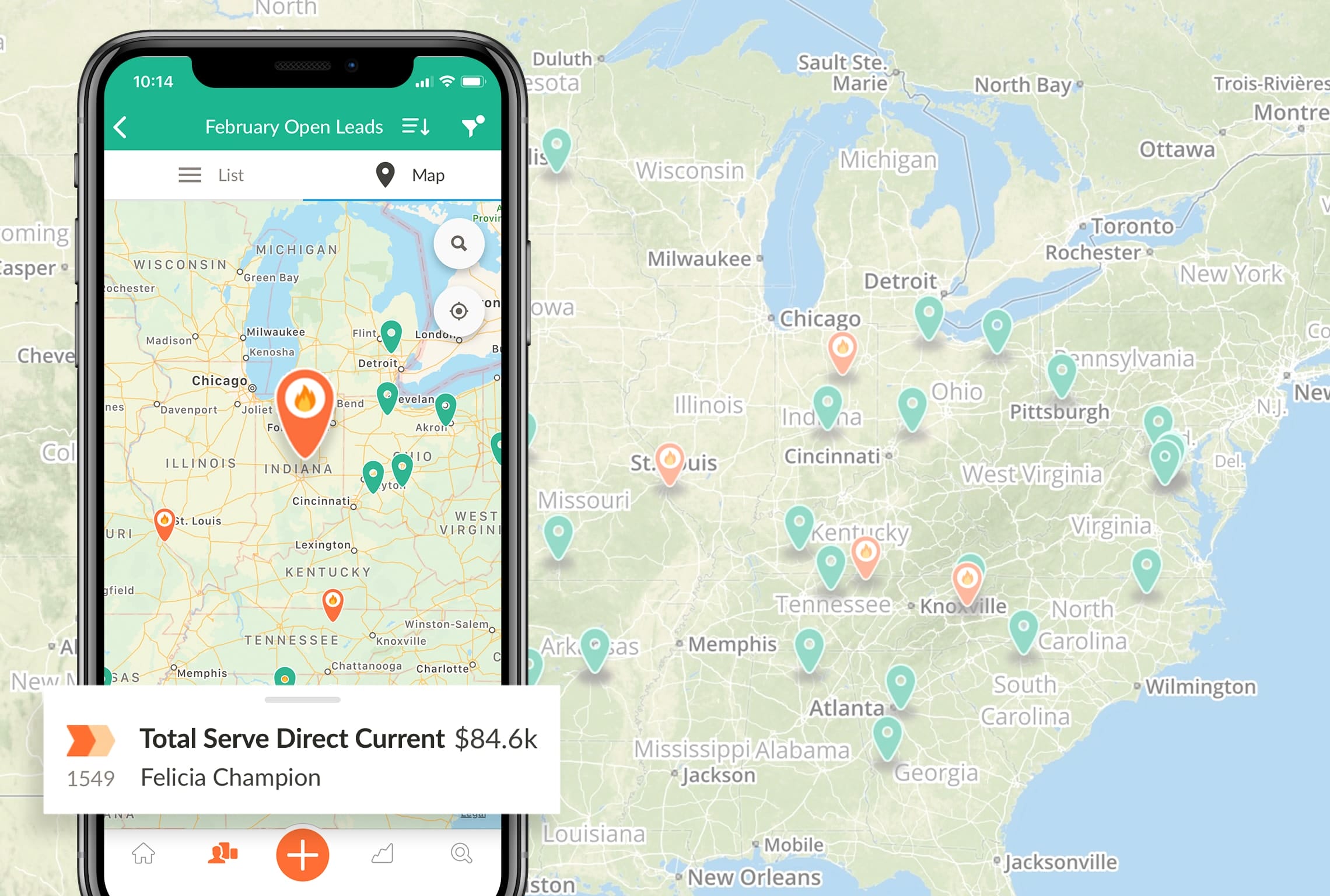
Whenever you have a lot on your plate, you prioritize tasks. The same idea goes for managing leads and prospects coming through your Nutshell customer relationship management (CRM) system. With behavioral lead scoring, you can effectively manage your leads and connect with sales-ready prospects quickly and efficiently.
Before we can get into scoring leads based on behavior, what is lead scoring in the first place? Read on for a rundown on lead scoring basics.
Lead scoring is the process of assigning values to leads in an effort to prioritize them better. These lead score values are based on a predetermined set of criteria and can range from letter grades to percentages.
Having this framework of lead scoring for ranking leads is incredibly helpful for your sales representatives because it helps them operate more efficiently, focusing efforts or high-priority leads that are more likely to close before turning to other leads.
The criteria used for lead scoring is based on many different factors, and every scoring model is different for each company. Primarily, though, lead scoring criteria are categorized into two types, namely explicit and implicit lead scoring.
Explicit lead scoring is based on measurable, hard data and reportable information. This includes information like:
When choosing criteria to base your scoring model on, make sure you’re using information that closely matches your ideal customer persona for accurate scoring.
Implicit lead scoring deals with information that you infer about a prospect. You can come to these conclusions by studying a prospect’s online behavior, like:
When developing your scoring model, make sure you’re awarding higher scores to behavior that signifies a prospect is moving further down the sales funnel.
Now, let’s dig a bit deeper into how to score leads based on behavior.
Want to learn more about what Nutshell’s all-in-one CRM can do for your business? Start a free 14-day trial—no credit card required.
Behavioral lead scoring is a type of lead scoring system that is all about identifying key behavioral indicators that imply that a prospect is sales-ready. This includes actions that signify a prospect is closer to converting into a customer, like viewing a specific product or service page or requesting a free pricing quote.
Behavior scoring helps companies gain a better understanding of their ideal customers. In doing so, companies can potentially achieve higher conversion and close rates because of this prioritization of sales-ready leads.
You can’t get a full biography of every one of your leads, but you can get the next best thing by paying attention to their behaviors. Are there actions prospects take that consistently lead to successful conversions? Focus on those behaviors and use them to guide your sales and marketing strategy.
Identifying behaviors isn’t as cut-and-dry as hard data in explicit scoring, but we’ve got a few behavioral lead scoring best practices up our sleeves we think you’ll benefit from.
The best way you can ensure success for your team is to collaborate with your team. Your sales representatives are the people working with customers and engaging with leads the most, so their opinion and insights are incredibly valuable to you.
Listen to what your sales team has to say when it comes to developing the criteria for lead scoring. They’ll know what actions prospects complete that warrant a high lead score and can help you identify behaviors reflecting your ideal buyer persona.
As we mentioned earlier, the best way to create a successful lead score ranking system is to identify key behavioral indicators. Like scoring systems, the indicators you use and how you rank them will depend on your company’s goals and customers.
You (and your sales team) know your customers best, so choose the key behavioral indicators that work for your business. Key performance indicators to consider looking for include:
Just like your marketing strategy, your lead scoring model should always be evolving. As trends change, so do customer ideals and behaviors. It’s a good idea to monitor key behavioral indicators to ensure they’re still performing well. If not, it could be a good idea to reevaluate your lead scoring model.
Demographic scoring evaluates who a lead is based on job title, company size, industry, and location. Behavioral scoring tracks what they do—like email opens, pricing page visits, and content downloads. The best approach combines both: demographics tell you if they fit your ideal customer profile, while behaviors reveal their buying intent and sales-readiness.
Start by calculating your baseline lead-to-customer conversion rate, then assign higher points to actions with above-average close rates. Common ranges: email opens (+2-5 points), content downloads (+10-15 points), pricing page visits (+10-20 points), demo requests (+20-30 points). High-intent actions like trial signups or quote requests should earn the most points since they signal immediate buying interest.
Yes. Negative scoring helps you avoid wasting time on unqualified leads. Deduct points for actions like unsubscribing from emails (-10 points), visiting career pages (-5 points), using generic email addresses (-10 points), or leads from industries you don’t serve (-20 points). Also consider time decay—subtract points for leads who haven’t engaged in 30+ days to keep your pipeline focused on active prospects.
Review your scoring model quarterly at minimum, but also after major campaigns, product launches, or when conversion rates change significantly. Analyze which high-scoring leads didn’t convert and which low-scoring leads did, then adjust point values accordingly. Work with your sales team during reviews—they’ll spot patterns in lead quality that your data might miss. Regular updates keep your model aligned with evolving buyer behaviors.
The biggest mistakes include: overvaluing low-intent actions (like single email opens), using only one customer segment instead of multiple buyer personas, ignoring negative scoring, setting point values without data analysis, and failing to align with your sales team. Another common error is treating all behaviors equally regardless of funnel stage—a pricing page visit from a new lead signals stronger intent than from someone just browsing.
Nutshell’s all-in-one CRM system can help you organize and prioritize your leads, so juggling customers is a thing of the past. With advanced contact organization and pipeline management, you can view and track your leads and interact with your sales pipeline and prioritize leads with ease.
Check out more of what Nutshell has to offer by starting a free trial today or attending one of our live demos.


Join 30,000+ other sales and marketing professionals. Subscribe to our Sell to Win newsletter!
